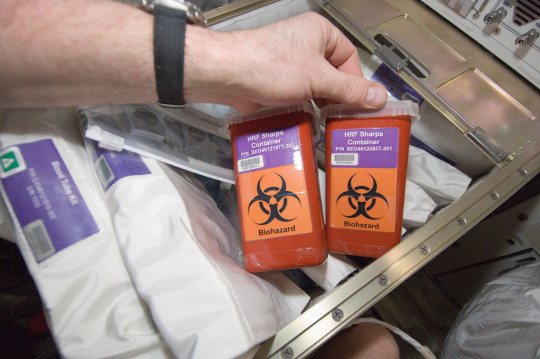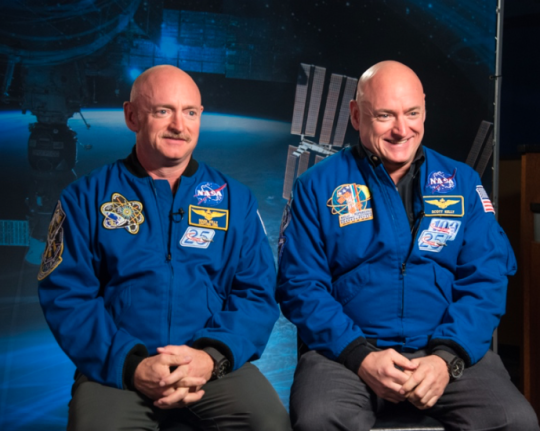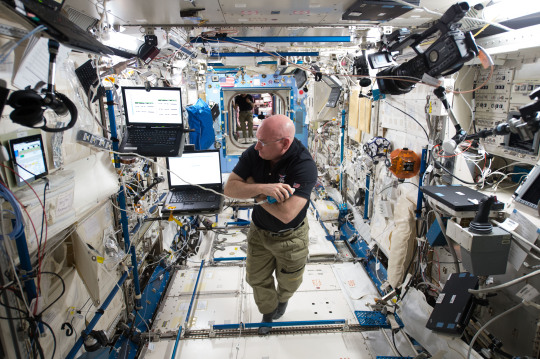Two are Better Than One: The NASA Twins Study
What exactly happens to the human body during spaceflight? The Twins Study, a 340-day investigation conducted by NASA’s Human Research Program , sought to find answers. Scientists had an opportunity to see how conditions on the International Space Station translated to changes in gene expression by comparing identical twin astronauts: Scott Kelly who spent close to a year in space and Mark Kelly who remained on Earth.
The Process

From high above the skies, for almost a year, astronaut Scott Kelly periodically collected his own blood specimens for researchers on the ground during his One-Year Mission aboard the Space Station. These biological specimens made their way down to Earth onboard two separate SpaceX Dragon vehicles. A little bit of Scott returned to Earth each time and was studied by scientists across the United States.
Totaling 183 samples from Scott and his brother, Mark, these vials helped scientists understand the changes Scott’s body underwent while spending a prolonged stay in low Earth orbit.
The Twins

Because identical twins share the same genetic makeup, they are very similar on a molecular level. Twin studies provide a way for scientists to explore how our health is impacted by the environment around us.
What We Learned: Gene Expression

No comments:
Post a Comment